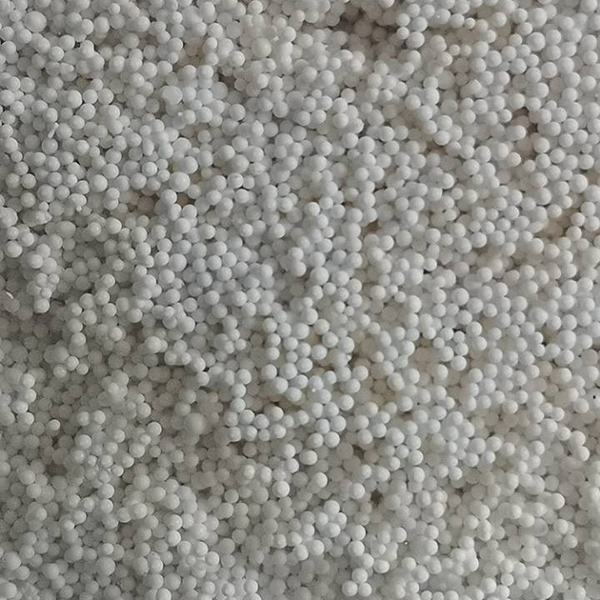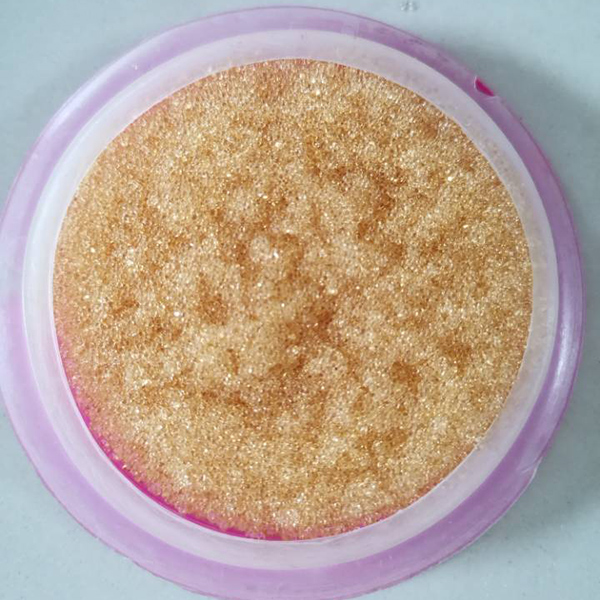
Cation-exchange resins are used to treat hyperkalaemia by accelerating potassium loss through the gut, especially in the context of poor urine output or before dialysis (the most effective means of treating hyperkalaemia). The resins consist of aggregations of big insoluble molecules carrying fixed negative charges, which loosely bind positively charged ions (cations); these readily exchange with cations in the fluid environment to an extent that depends on their affinity for the resin and their concentration.
Resins loaded with sodium or calcium exchange these cations preferentially with potassium cations in the intestine (about 1 mmol potassium per g resin); the freed cations (calcium or sodium) are absorbed and the resin plus bound potassium is passed in the faeces. The resin does not merely prevent absorption of ingested potassium, but it also takes up the potassium normally secreted into the intestine and ordinarily reabsorbed.
In hyperkalaemia, oral administration or retention enemas of a polystyrene sulphonate resin may be used. A sodium-phase resin (Resonium A) should obviously not be used in patients with renal or cardiac failure as sodium overload may result. A calcium-phase resin (Calcium Resonium) may cause hypercalcaemia and should be avoided in predisposed patients, e.g. those with multiple myeloma, metastatic carcinoma, hyperparathyroidism and sarcoidosis. Orally they are very unpalatable, and as enemas patients rarely manage to retain them for as long as necessary (at least 9 h) to exchange potassium at all available sites on the resin.

Post time: Jun-24-2021

